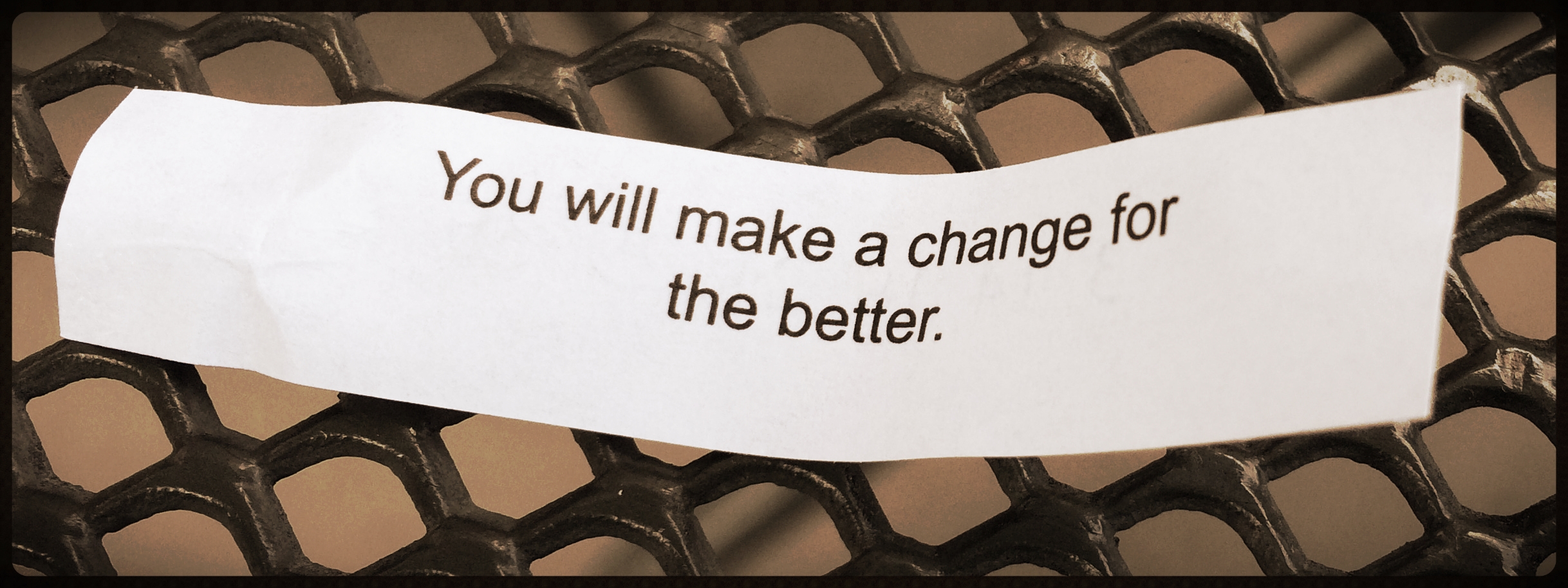By Stephanie Hammerwold
Is bad behavior at work excusable when it results in innovation and high levels of productivity? Is it acceptable for a manager to yell and be tough on employees if it results in good work? For me, the answer is no. Over the summer, Amazon made headlines when their high-stress culture was the focus of a piece in The New York Times. Defenders of Amazon claimed that all that stress was worth it because of the technology and processes Amazon employees were creating. Despite what those who defend such a business model might say, I still think there is room for kindness in the way we work. Innovation does not necessarily have to come at the hands of abusive leaders who drive employees to a state of extreme exhaustion.
Break Them Down to Build Them Up
I have my own experience working in environments where management that could easily be called abusive is passed off as the type of leadership that is pushing someone to do their best. Such an approach is often stressful for team members, and high levels of stress have been shown to have all kinds of negative effects on health. Yet, despite the fact that many of us do not like working for the kind of boss who leads by yelling and pushing employees to the breaking point, our culture still tends to celebrate this type of approach.
Take celebrity chef Gordon Ramsay, for example. Ramsay’s outbursts and shouting at those who run afoul of him on one of his reality shows is often seen as acceptable. In fact, viewers are entertained by this approach. When we see an amazing finished product after the cowering and tears, we may be tempted to say that it was worth it. We see the same thing from other leaders in the public eye, and someone like Steve Jobs had a reputation for being harsh. One of the frontrunners for the GOP presidential nomination is well known for “telling it like it is,” which, for him, means belittling others and saying nasty things. This is something his supporters commend him for.
I once had a boss whose behavior was erratic. We never knew what would set her off, so many of us in the department would drive ourselves to the point of exhaustion to ensure everything was perfect—even then it was no guarantee that she would not snap. Sure, she got good work out of us, but at what cost? Those of us who worked for her often lost sleep, had upset stomachs or were driven to tears. Was it worth it? Years later, I say no. I learned quite a bit about HR at that job; however, it took me years to recover from the constant workplace abuse.
The Culture of Negativity
Earlier this year, I addressed the topic of kindness over at my book blog. As I pointed out then, a glance at any Internet comments section shows how unkind we can be. Even the comments sections on the most innocuous articles can turn into commenters attacking others who do not share their political views. Cable talk shows and news programs are full of people making their points by shouting and name calling. When the world is full of this type of speech, it is even more important that we make a concerted effort to be kind at work.
I may be a bit optimistic in saying this, but I do not believe we are what we see in those comments sections and TV shows. But it is hard to avoid feeling weighed down and pessimistic about humanity when we see the worst of it put forth by the culture of negativity that exists in such places. The best way to combat the negativity is by avoiding it. Do not waste time watching the shows that encourage that type of behavior, and avoid the places on the Internet that attract those voices. Instead, focus on moments of kindness and how you can espouse that in your own life and the workplace.
Leading with Kindness
Celebrating those who lead through shouting and belittling assumes that being nice to employees does not lead to innovation. I think the opposite is true. Being nice can lead to excellent results. Employees will work hard when they are valued and trusted. Fear and intimidation are not the only ways to get results.
If you are a business owner or in a supervisory position, make kindness a part of your management approach. Those at the top help set the tone for company culture. I once worked at a company where the owner was extremely paranoid and did not trust his employees. This attitude trickled down to the executive team and managers and created a culture of paranoia. Morale was low. The opposite happened in another company I worked for where the owners had a high level of trust in their employees and maintained a friendly attitude on a regular basis.
Even when an employee makes a mistake or is not quite getting something, it is not necessary to yell and put them down. Take the time to work with someone and set up a plan for improvement rather than taking the harsh punishment approach like Gordon Ramsay would.
Kindness extends to those not in leadership positions as well. In the workplace, there are many moments that come up where we get frustrated with a coworker or have a different idea about how a project should be completed. Being kind does not mean we cannot disagree with others, but it does mean we should make an effort to remain civil when we have a dispute. This is especially important in the work world because we are not always going to be in alignment with our coworkers. Help support a culture of kindness in your approach to handling conflict.
